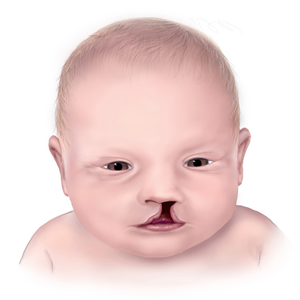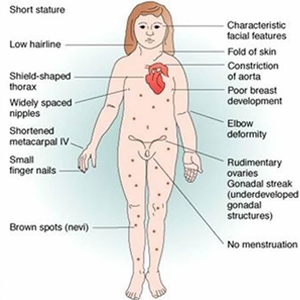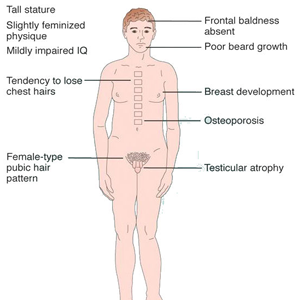|

|
TRISOMY 13: Patau Syndrome
Trisomy 13, or Patau syndrome, is a genetic disorder caused by the presence of an extra 13th chromosome. This is characterized by cerebral defects, apparent anophthalmia, cleft palate, harelip, simian creases, trigger thumbs, polydactyly, and capillary hemangioma. This condition leads to severe intellectual disability and physical abnormalities, often resulting in a short life span.
It can be devastating for families, as they may face emotional distress and challenges in caregiving. Daily life is often filled with medical interventions and a need for constant support.
The Patau syndrome was first described by Dr. Klaus Patau in 1960. The cause is usually random errors during cell division, an additional copy of all or part of chromosomes, which increase with maternal age.
|
|





